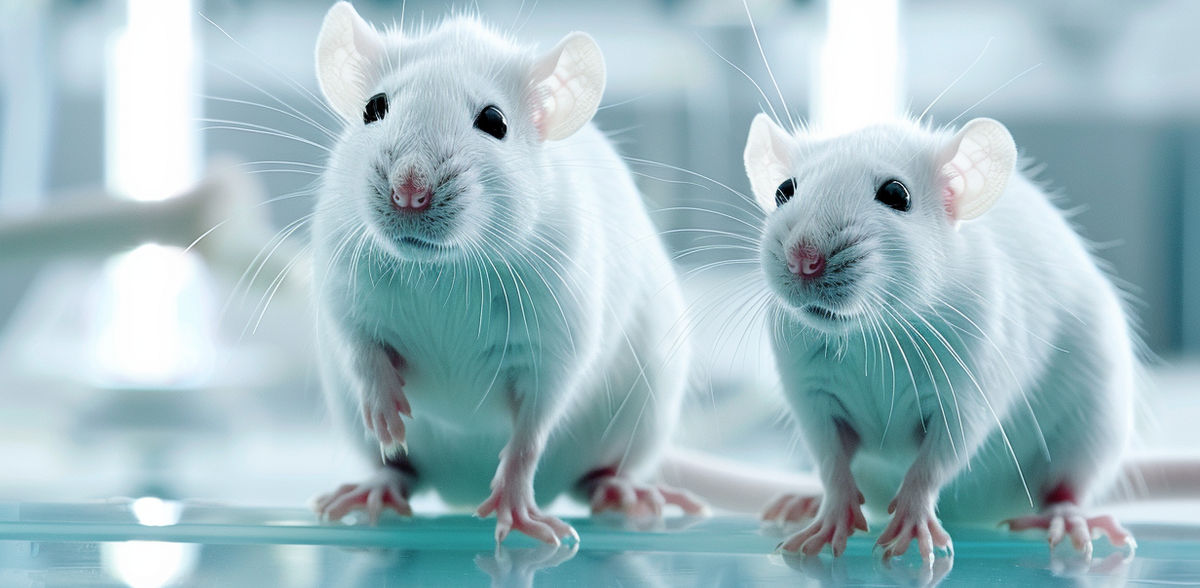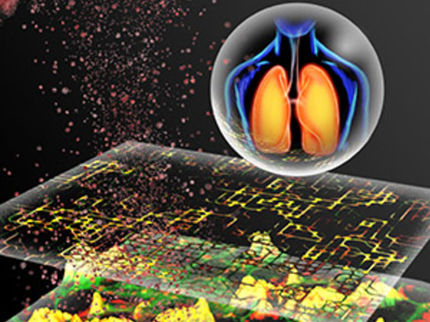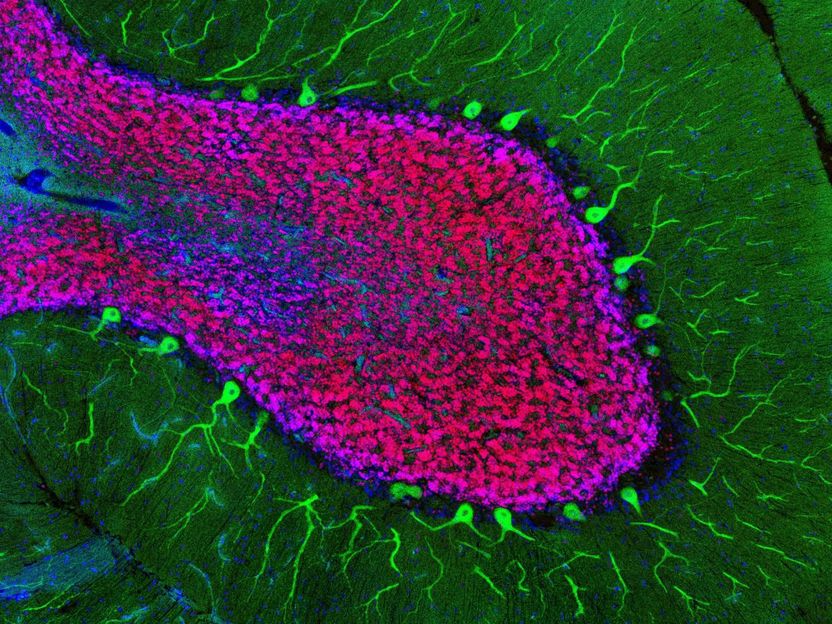Using metabolomics for assessing safety of chemicals may reduce the use of lab rats
"We hope that learnings from this research will be included in new guidance for the chemical industry to allow commercial laboratories to provide these services widely"
Scientists have discovered a more robust way of grouping chemicals and using read-across for toxicological data to meet regulatory requirements, which could greatly reduce animal testing.
The safety of chemicals is taken incredibly seriously by regulators and as such industry must meet certain criteria if they are trying to get a new chemical approved for use, often this is done by testing the chemicals on rats.
Grouping and read-across is an EU-approved approach, which allows new chemicals that are structurally similar to other already approved chemicals, to have the same toxicology information copied across to them for approval to be brought to market. But this process is unreliable and the majority of new chemical grouping and read-across submissions, are rejected by the European Chemicals Agency (ECHA).
But now a method using metabolomics, published in Archives in Toxicology, could be the key to making the grouping read-across process more effective.
The study is from the MATCHING consortium, which is led by the University of Birmingham, in partnership with BASF, BASF Metabolome Solutions, ECHA, Imperial College London, Syngenta, Vrije Universiteit Amsterdam and the US Environmental Protection Agency, and funded by the European Chemical Industry Council’s Long-Range Research Initiative (Cefic-LRI).
Mark Viant, Professor of Metabolomics at the University of Birmingham said: “Chemicals fall into three categories of drugs, pesticides and industrial chemicals, and we are exposed to some of these every single day of our lives. Industrial chemicals are not intended for direct exposure to humans or the environment, but inevitably this will happen, so the toxicology information must be accurate.
“Instead of only measuring the structural similarity of the chemicals to form groups, we have found that by using metabolomics to measure the biological responses of the chemicals, we can make the grouping and read across more reliable.”
To see if metabolomics would be more effective, six international labs conducted the same experiment. The researchers were all sent common plasma samples from rats which had been tested with eight chemicals. The teams did not know what the chemicals were and had to correctly group them using metabolomics.
The scientists looked for diagnostic metabolic biomarkers, which provide a detailed picture of the health of the rat. By using a ‘shotgun approach’ like metabolomics, scientists could measure thousands of markers like amino acids and lipids, using mass spectrometry. This helped the labs group the eight chemicals into two groups of three and one of two chemicals.
All the results were then sent to the European Chemicals Agency who compiled them before the findings were revealed to the whole consortium. The five labs whose data passed quality control all discovered the same grouping. This is the first time that the use of metabolomics for grouping has been proven to be a reproducible method.
Katherine Santizo from Cefic-LRI: “This is a massive step forward to improve the existing grouping and read-across approach. The fact that five labs from different countries all got the same, correct results while using different methods and instruments, their own procedures and statistical analysis shows that metabolomics is a reliable method.”
This is good news for the phasing out of rat testing, as the purpose of grouping and read-across is to reduce the number of chemicals that need to be tested on rats. But, due to the high percentage of chemicals which are currently rejected, this is not always the case.
Professor Viant explained: “Rats are not a good model for humans in the first place and reproducibility of rat testing is not great. As well as this, the toxicity tests for just one chemical may require more than 1000 rats. With tens of thousands of chemicals requiring testing in Europe, and while not all of these require the same level of testing, a lot of them will end up being tested on rats. Even without the ethical considerations, this is a costly and slow process. So, by making the grouping and read-across approach more robust by using metabolomics, the number of lab rats being tested could be dramatically cut.”
Tomasz Sobanski, Team Leader for Alternative Methods in the Computational Assessment and Alternative Methods Unit, ECHA said: “The need to demonstrate the reliability of metabolomics was first identified during one of our workshops in 2016. We are very impressed with the results of this research, and we believe that they will improve the grouping and read-across. We hope that learnings from this research will be included in new guidance for the chemical industry to allow commercial laboratories to provide these services widely.
“For me personally, this is a model example of how regulatory challenges can be addressed through knowledge, science and collaboration. This achievement was possible because regulators were able to clearly communicate their needs, the scientific community wanted to address them, and the industry was willing to support. I believe that ultimately this research will help us to better protect health and the environment while avoiding unnecessary testing on animals.”



























































